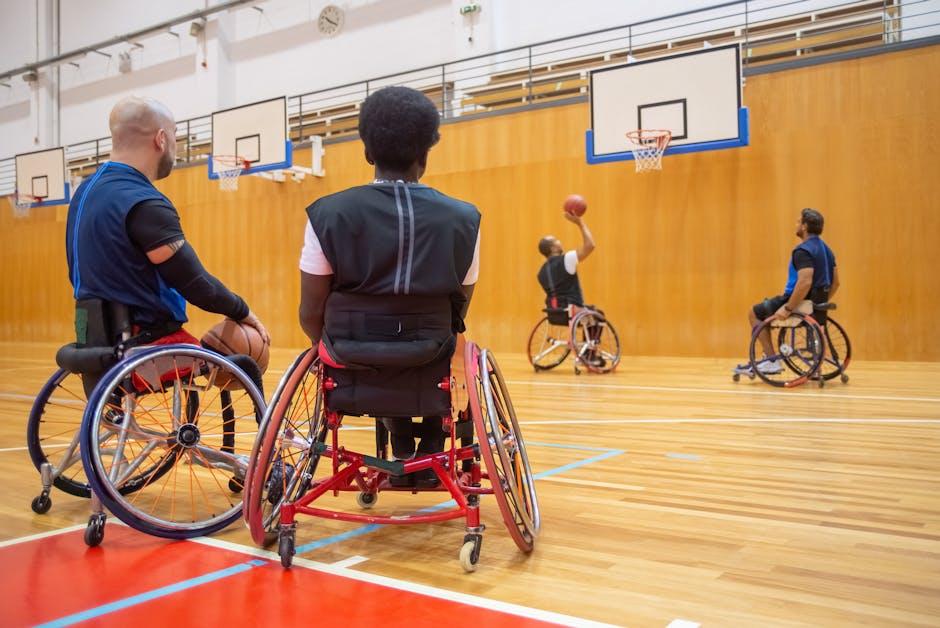Accessibility Beyond Basics: Designing Games for Neurodiverse Players
As the gaming industry continues to grow, so does the awareness of the diverse needs of players worldwide. One crucial but often overlooked group is neurodiverse players-individuals whose brains process information differently due to conditions like autism, ADHD, dyslexia, and more. Designing games that cater to these players requires going beyond basic accessibility features to create truly inclusive and enjoyable experiences. In this comprehensive guide, you’ll learn how to design games that embrace neurodiversity, with practical tips, case studies, and key benefits.
Understanding Neurodiversity in Gaming
Neurodiversity is a concept that recognizes neurological differences as natural variations in the human population rather than deficits or disorders. This includes individuals with autism spectrum disorder (ASD), attention deficit hyperactivity disorder (ADHD), dyslexia, dyspraxia, and other cognitive profiles.
For neurodiverse players, typical game experiences may present challenges such as sensory overload, complex controls, or unclear objectives. Game designers need to recognize these differences and tailor gameplay mechanics, visuals, audio, and narrative elements accordingly.
Why Design Beyond Basic Accessibility?
Most gaming accessibility features focus primarily on physical disabilities-such as adding subtitles, remappable controls, or colorblind modes. While necessary, these don’t always address the unique needs of neurodiverse players.
Going beyond basics helps:
- Enhance cognitive accessibility: Simplify or adapt complex instructions and UI.
- Reduce sensory overload: Offer customizable visual and audio settings.
- Improve focus and engagement: Adjust game pace, reduce distractions, and provide clear goal markers.
- Foster inclusion: Empower more people to enjoy games as a form of social interaction and creative expression.
Key Features for Designing Games for Neurodiverse Players
| Design Feature | Description | Benefit for Neurodiverse Players |
|---|---|---|
| Customizable UI and HUD | Allow players to modify on-screen elements such as text size, icons, and layout. | Reduces cognitive overload and personalization encourages comfort. |
| Flexible Difficulty and Pacing | Adjustable challenge levels and in-game speed settings. | Prevents frustration and caters to diverse attention spans. |
| Alternative Input Methods | Support for voice commands, simplified controllers, and accessible remapping. | Makes gameplay easier for those with motor planning difficulties. |
| Sensory Modulation Settings | Options to reduce flashing lights, loud sounds, or overwhelming music. | Prevents sensory overload and anxiety triggers. |
| Clear & Consistent Feedback | Direct visual/audio cues with minimal ambiguity. | Supports better understanding of game mechanics and goals. |
| Text-to-Speech & Closed Captioning | Converts text or dialogue to audio and offers subtitles with descriptions. | Assists players with dyslexia and auditory processing differences. |
Practical Tips for Neurodiversity-Informed Game Design
- Involve Neurodiverse Playtesters: Engage players with diverse cognitive profiles early and often to gather meaningful feedback.
- Offer Multiple Modes of Communication: Use visuals, audio, and text simultaneously to convey important information.
- Keep Instructions Clear and Concise: Avoid ambiguous or overly complex language, and use step-by-step tutorials.
- Implement Pause and Save Anywhere Features: Allows players to take breaks without losing progress, accommodating fluctuating focus.
- Create Sensory-Friendly Environments: Provide options to tone down animations, sound effects, and bright colors.
- Use Predictable Mechanics: Transparent systems and consistent rules reduce cognitive strain.
- Encourage Player Agency: Give players control over how they interact with the game world, customizing experience to their preferences.
Case Study: “Celeste” – An Example of Inclusive Game Design
Celeste, an indie platformer developed by Matt Makes Games, is widely praised for its thoughtful design that resonates with neurodiverse players. The game features:
- A “Assist Mode” that lets players adjust game speed, invincibility, and stamina to better fit individual needs.
- Clear and simple controls combined with deep gameplay mechanics accessible at various skill levels.
- Relatable narrative addressing anxiety and mental health, creating an emotionally inclusive experience.
As a result, Celeste demonstrates that accessibility beyond basics can lead to critical acclaim and a dedicated community of players with diverse cognitive profiles.
Benefits of Designing for Neurodiverse Gamers
Incorporating neurodiverse accessibility features offers many benefits beyond inclusivity:
- Expanded Audience Reach: Making games neurodiverse-friendly increases potential player base and market share.
- Greater Player Satisfaction: Customizable experiences increase engagement and reduce frustration.
- Positive Brand Image: Demonstrates commitment to diversity and social responsibility.
- Innovation Catalyst: Designing for neurodiversity often results in novel gameplay mechanics and UI improvements valuable for all players.
Conclusion: The Future of Neurodiverse Game Design
Game accessibility must evolve to genuinely embrace neurodiversity if the industry wants to create games that everyone can enjoy. By implementing cognitive-friendly features, sensory options, and flexible gameplay mechanics, developers can break down barriers that neurodiverse players face. Designing beyond basic accessibility isn’t just a moral imperative-it’s a creative opportunity to enrich gaming culture and broaden the appeal of digital play.
Whether you’re an indie developer, AAA studio, or hobbyist designer, prioritizing neurodiverse accessibility will help foster inclusive, engaging, and innovative games – opening the door for countless players who have long been underserved by mainstream gaming.











